
In this comparison review, we will be taking a closer look at the Aiper Seagull 600 and the Dolphin E10 robotic pool cleaners. Both units have gained attention in the market, but how do they really stack up? We purchased, tested, and reviewed them extensively to give you all the essential details you need. Let's dive into our findings!
The Aiper Seagull 600 is known for its affordability and cordless design. Many pool owners are tempted by its low price, making it a popular choice. However, during our testing, the Seagull 600 revealed significant weaknesses in cleaning coverage, filtration, and overall performance. The lack of an active scrubbing brush and the necessity to recharge daily were major drawbacks.
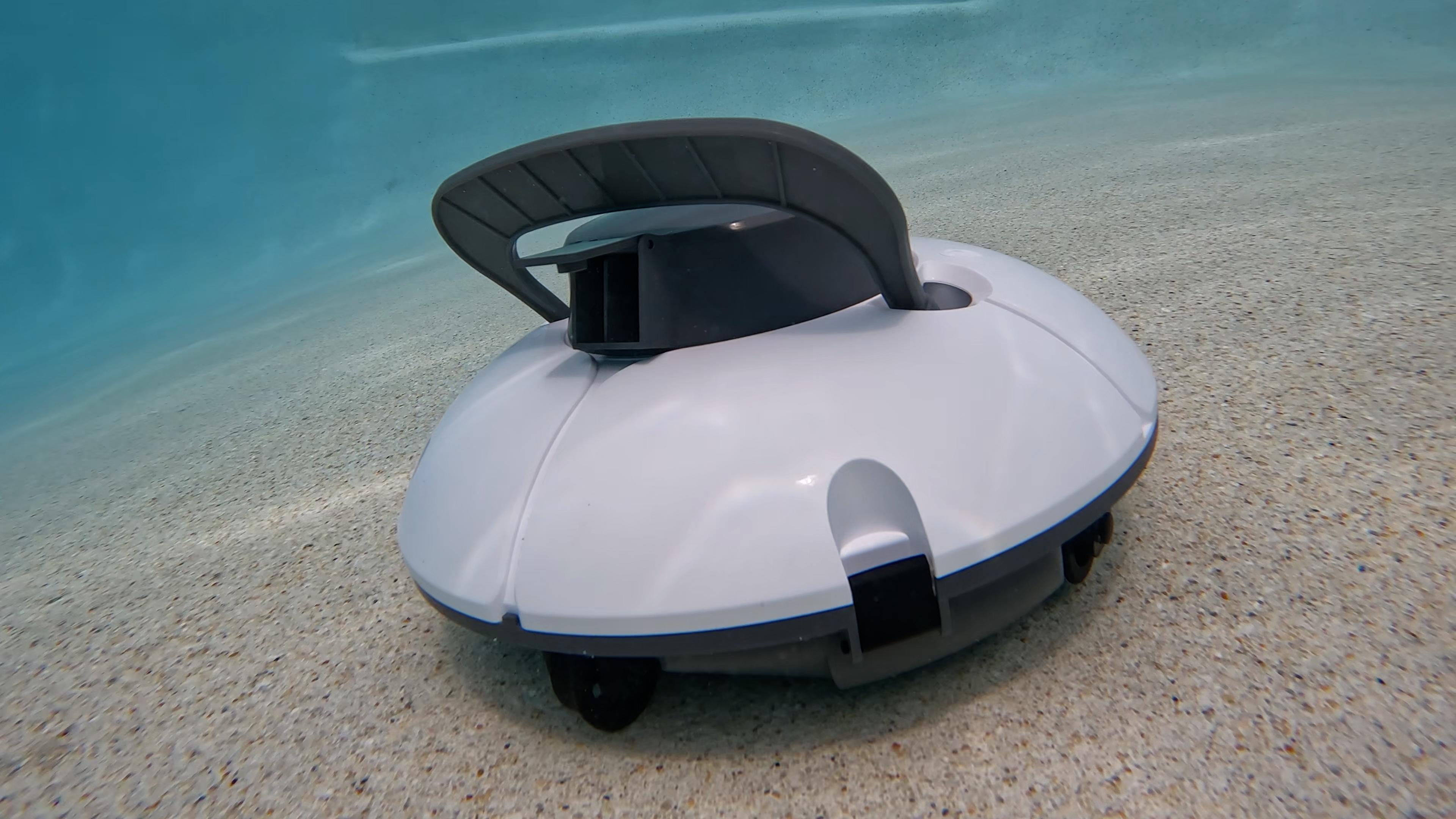
On the other hand, the Dolphin E10 is Maytronics' entry-level robotic pool cleaner designed for above-ground and small inground pools. With a more affordable price tag, the Dolphin E10 lacks certain features like automation and NanoFilters, but it aims to deliver solid cleaning for smaller pools. Let's see how the E10 performed during our testing and whether it meets the mark.
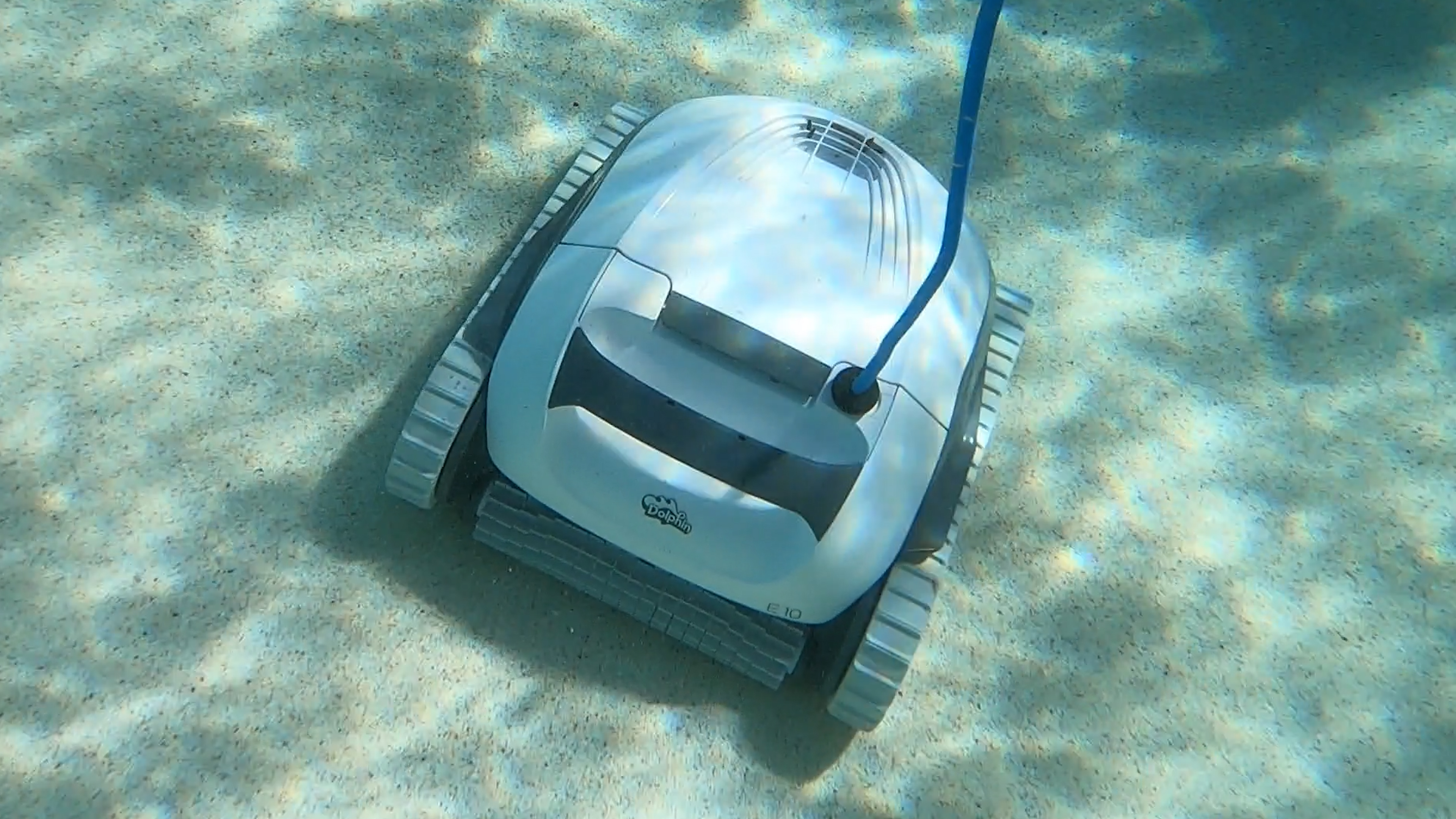
Both the Aiper Seagull 600 and the Dolphin E10 presented their unique sets of challenges and advantages. While the Seagull 600 fell short primarily due to its weak motors and ineffective filtration, the E10 provided a more consistent cleaning experience but still had limitations. Read on to see detailed scores on their performance across various categories including pool coverage, filtration ability, and feature sets.
Next, we'll delve into how each of these robotic pool cleaners fared in our battery of tests, discussing pool coverage, filtration ability, and other critical features that influence overall performance and value.
When reviewing robotic pool cleaners like the Aiper Seagull 600 and the Dolphin E10, we categorize our testing into several specific areas. First, we look at pool coverage: How well does the unit clean various parts of the pool? This includes testing its ability to clean the floor, walls, and waterline. Second, we evaluate the filtration ability of each cleaner. Can it capture both large debris like leaves and finer particles such as sand and dirt? Finally, we examine the feature set and warranty, paying close attention to any programmable options, ease of use, and the robustness of its warranty.
Our testing period for each robotic pool cleaner spans approximately three months. Over this time, we run the units through multiple cleaning cycles, observe their patterns, and assess their effectiveness in different pool conditions. To ensure consistent results, we conduct our tests in a controlled environment, using standardized debris and monitoring the cleaners' performance with the same scrutiny.
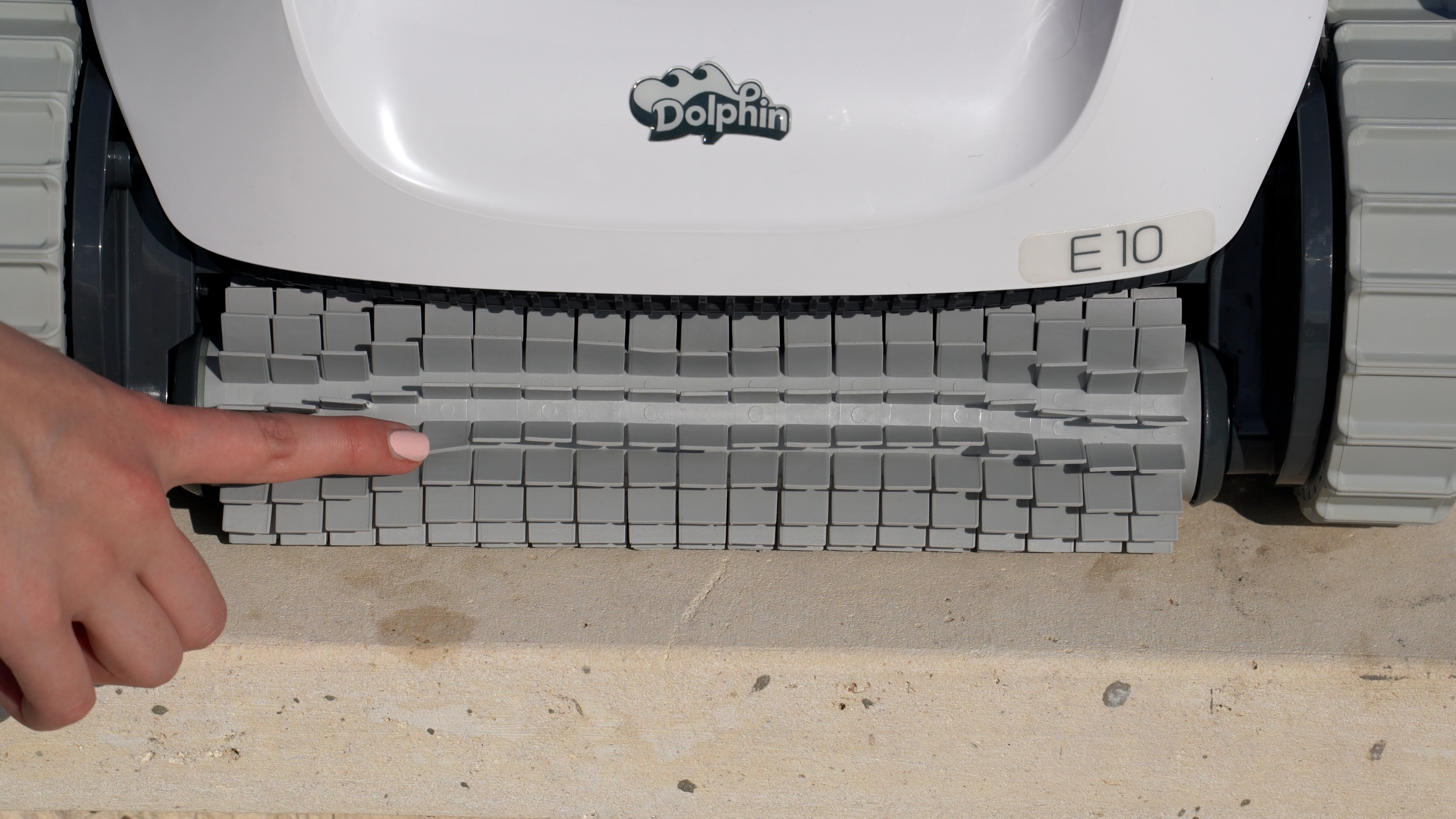
Using the Aiper Seagull 600 for our extensive testing period revealed that its motor is not strong enough to provide an effective clean. The requirement to recharge it daily adds to the inconvenience and further diminishes its appeal. Its lack of an active scrubbing brush and insufficient navigation system meant it frequently missed spots and got stuck in the same corner multiple times. Given these limitations, it's challenging to recommend the Seagull 600, even despite its lower price point.
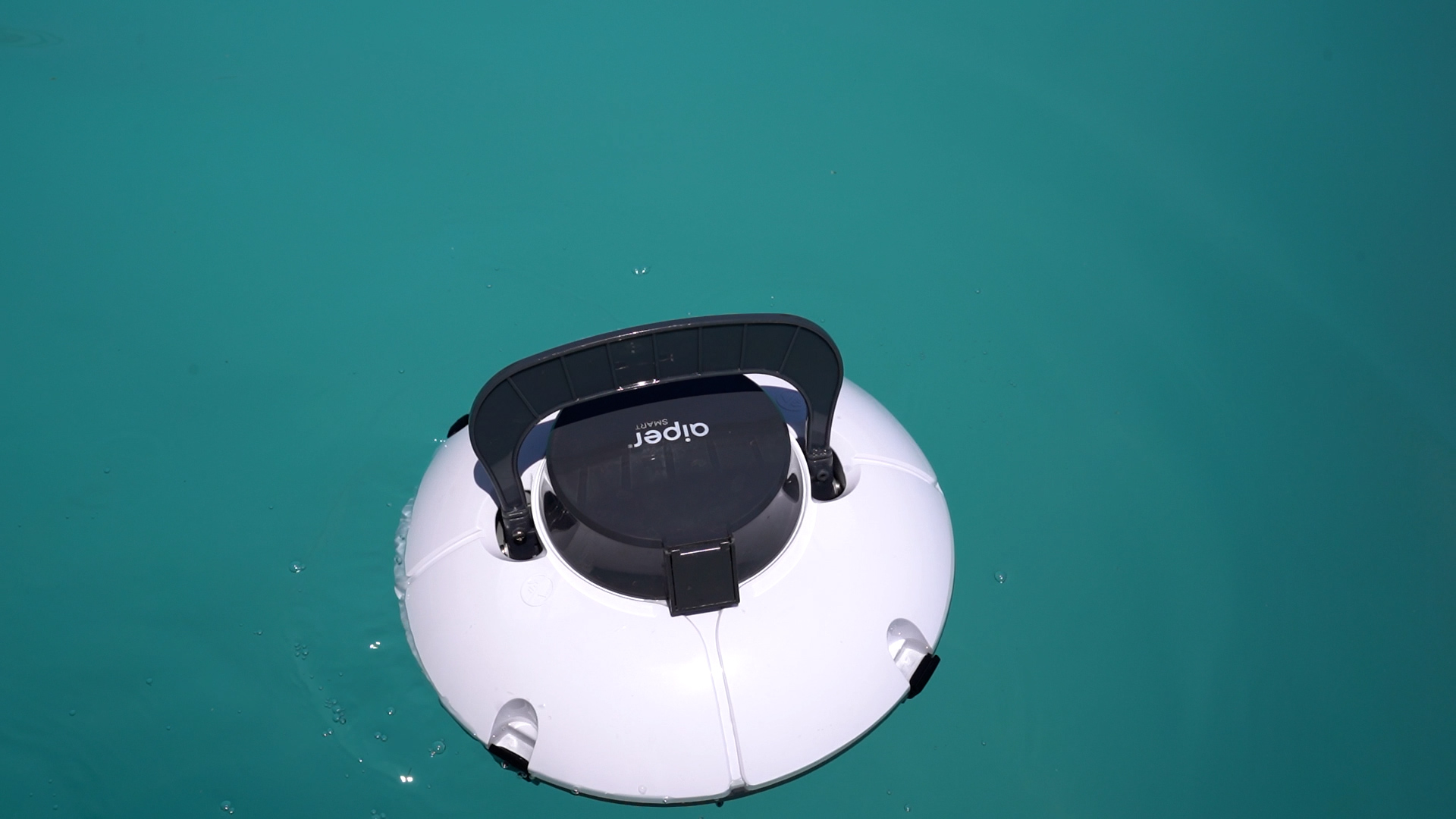
Our review of the Dolphin E10 involved similar rigorous testing over three months. The E10's filtration ability is solid for standard cleaning, effectively capturing larger debris within its well-engineered filter basket. However, the E10 lacks multiple filtration options that can handle more specific needs like cloudy water. Its simplicity in design, coupled with an easy-to-clean filter, make it user-friendly, but the need to manually start each cleaning session was a significant downside.
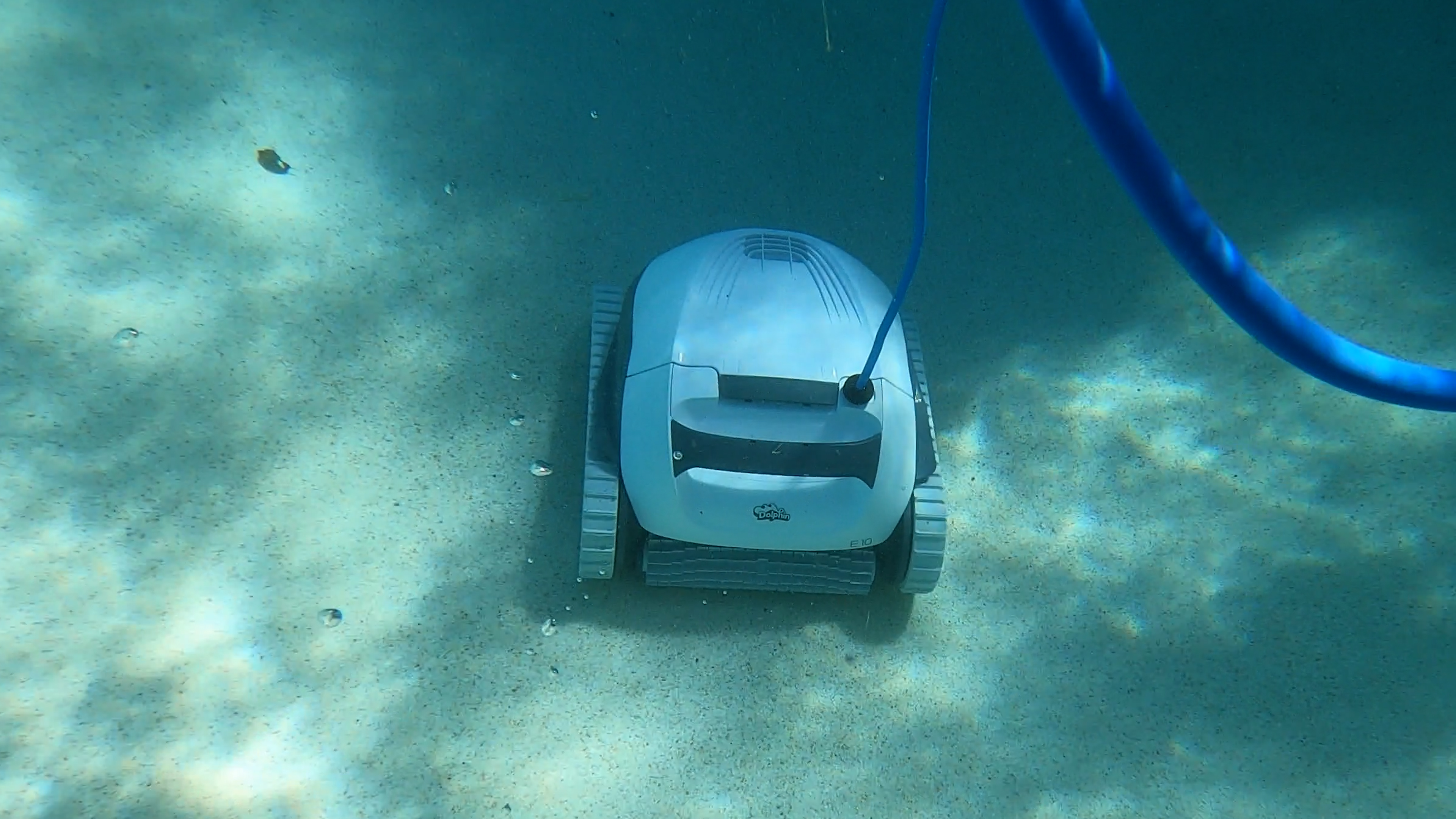
In terms of features and warranty, the Dolphin E10 and Aiper Seagull 600 both showed constraints that impacted their overall performance. The E10's simple power supply and lack of scheduling options mean it's a hands-on operation every time you need the pool cleaned. This was particularly disappointing since other models, such as the Dolphin Cayman and Dolphin Escape, offer automatic schedules and superior features at a reasonable price.
The Aiper Seagull 600, with its one-year warranty and several significant performance shortfalls, frequently left our pool with areas of missed debris. Given the similar price points, it is difficult to recommend the Seagull 600 over the more automated and reliable alternatives like the Dolphin Cayman or Dolphin Escape, both of which come with better warranties and more robust features.
When we compare the Aiper Seagull 600 and the Dolphin E10 robotic pool cleaners in terms of coverage, it becomes clear that each has significant differences in capabilities. The Seagull 600 is only designed to clean the floor of your pool. Indeed, it starts to show its limitations here as the lack of adequate motors and an effective navigation system hampers its ability to clean efficiently. During our testing, it often missed spots and failed to cover the pool comprehensively.
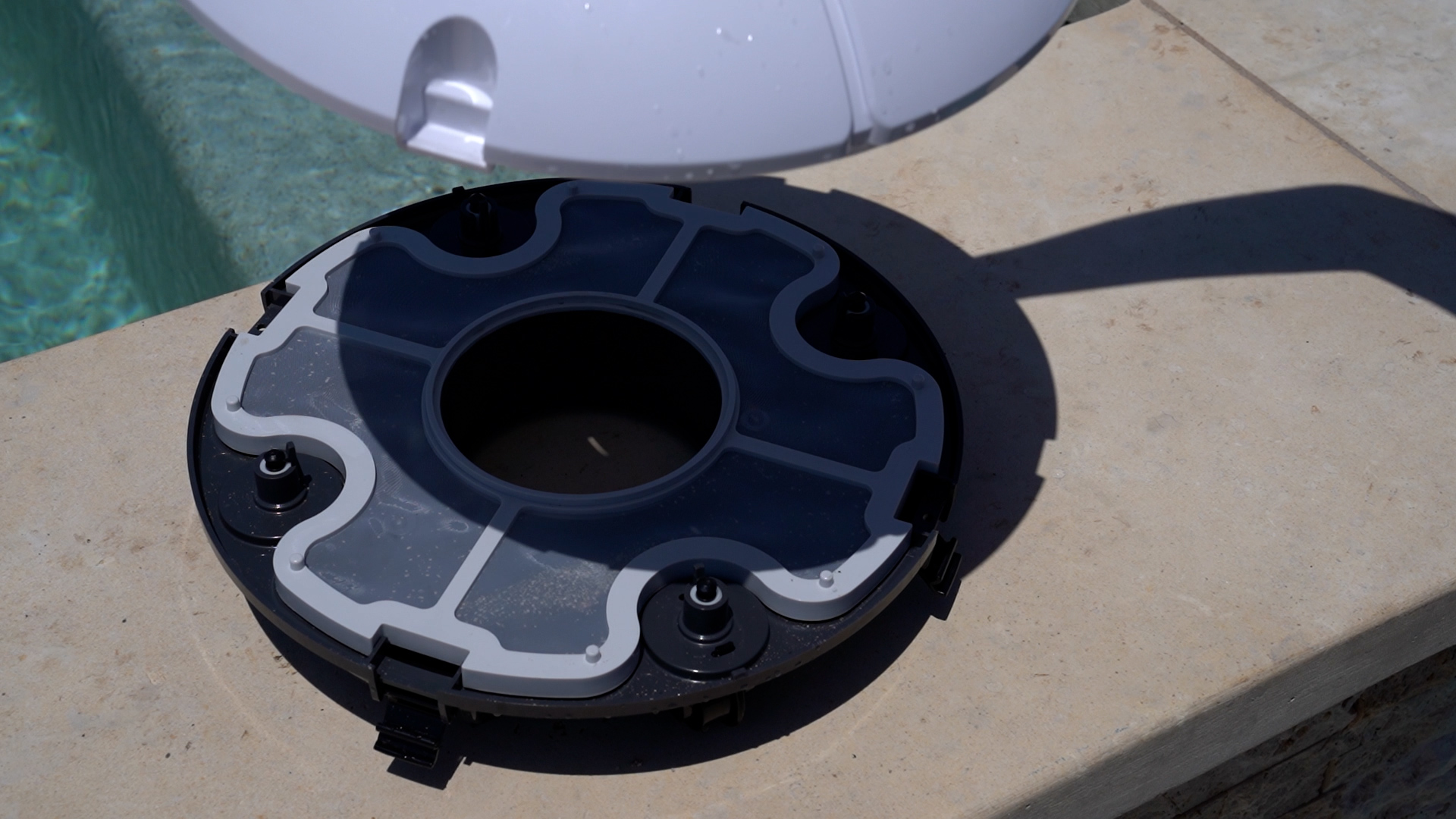
By contrast, the Dolphin E10, an entry-level model by Maytronics, was able to provide a more consistent cleaning performance but still had its own set of limitations. Designed primarily for above-ground pools and small in-ground pools, it also only cleans the floor. However, the E10 navigates more effectively than the Aiper Seagull 600, providing a more thorough cleaning path without missing as many spots. Its method for covering the floor is notably better, which is reflected in its slightly higher coverage score.
The Seagull 600 scored a mere 2/5 for coverage in our tests. It struggled with inclines and failed to pick up much debris, often resulting in a frustrating cleaning process. This model also has a tendency to get stuck in certain areas, necessitating manual intervention much too frequently, which can be a dealbreaker for many users.
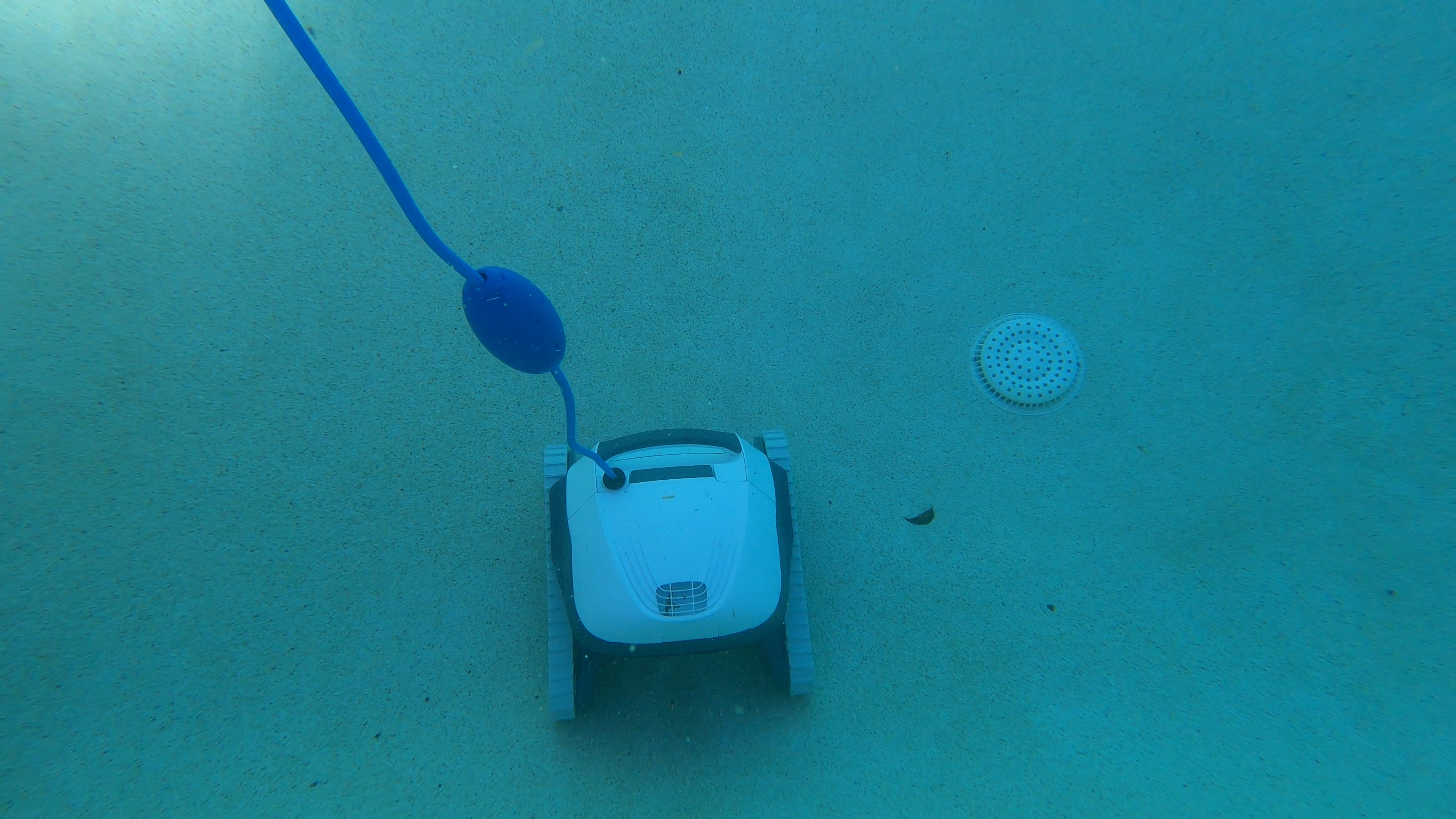
The Dolphin E10, on the other hand, fared better with a coverage score of 3/5. Although it also focuses solely on floor cleaning, it has a more reliable navigation system that minimizes the risk of missing spots. This model employs a 40ft cord, making it suitable for pools up to 33ft in size. However, it lacks a swivel, which can occasionally lead to tangles, presenting another minor inconvenience.
Both units have significant limitations, especially when compared to more advanced models like the Dolphin Cayman and the Dolphin Escape. These higher-end models not only clean floors but also tackle walls and, in some cases, even the waterline, offering a more comprehensive cleaning experience. Such capabilities are absent in both the Seagull 600 and the Dolphin E10, making them less effective for thorough pool maintenance.
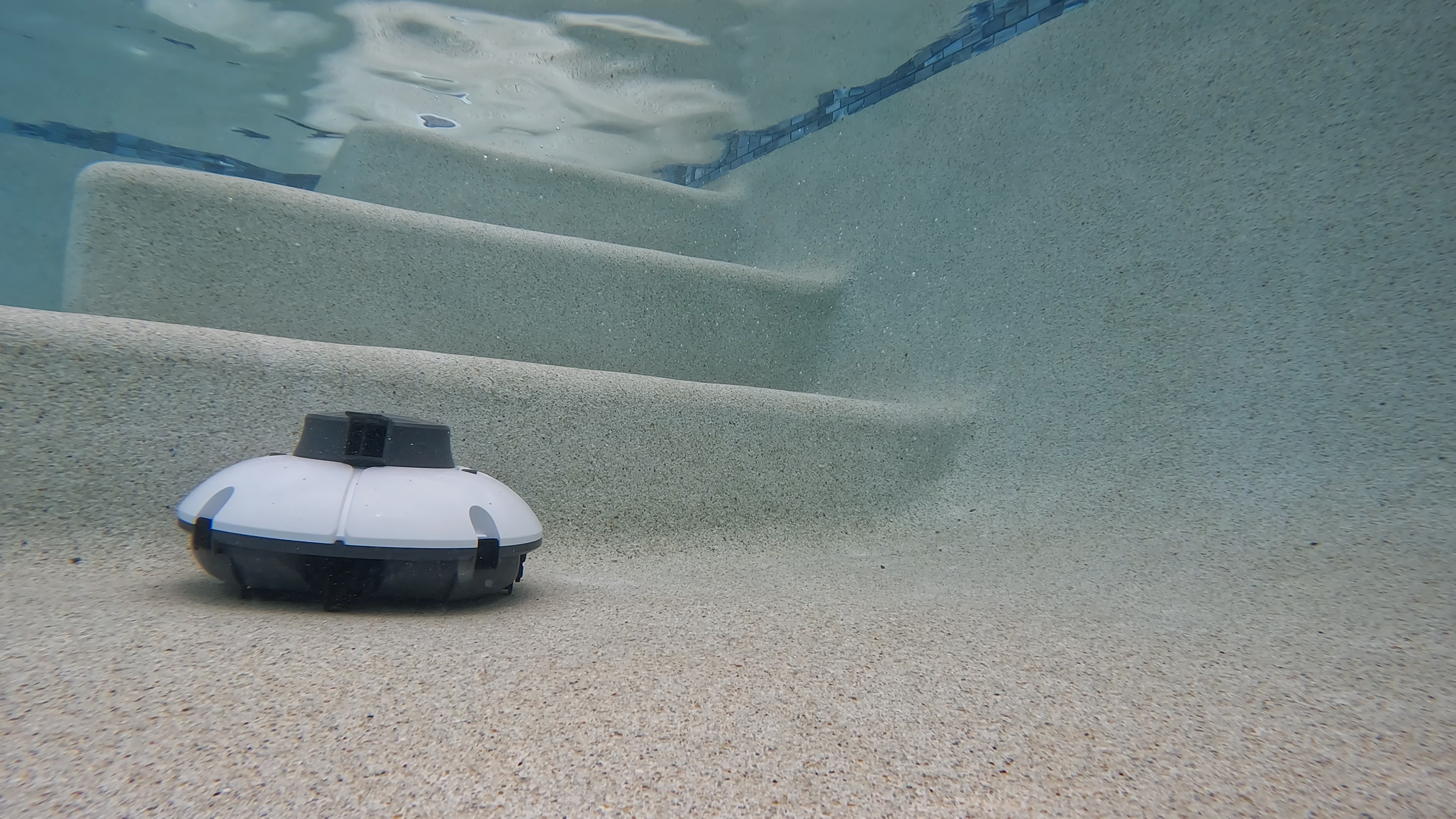
In conclusion, the Dolphin E10 offers better pool coverage than the Aiper Seagull 600. The E10’s more reliable navigation system and overall design ensure fewer missed spots, even though it is limited to floor cleaning. On the other hand, the Seagull 600's weak motors and poor navigation make it harder to recommend for thorough pool cleaning. For those looking for a more comprehensive cleaning experience at this price point, the Dolphin alternatives like the Cayman and Escape are worth considering.
When comparing the filtration systems of the Aiper Seagull 600 and the Dolphin E10, several key differences become immediately apparent. Both robotic pool cleaners aim to capture various types of debris, but their effectiveness in doing so varies significantly.
The Aiper Seagull 600 is equipped with a flat filter that leaves much to be desired. During our testing, this filter struggled to capture significant debris, and even the particles it did collect often found their way back into the pool. The flat design simply does not provide adequate filtration capacity.
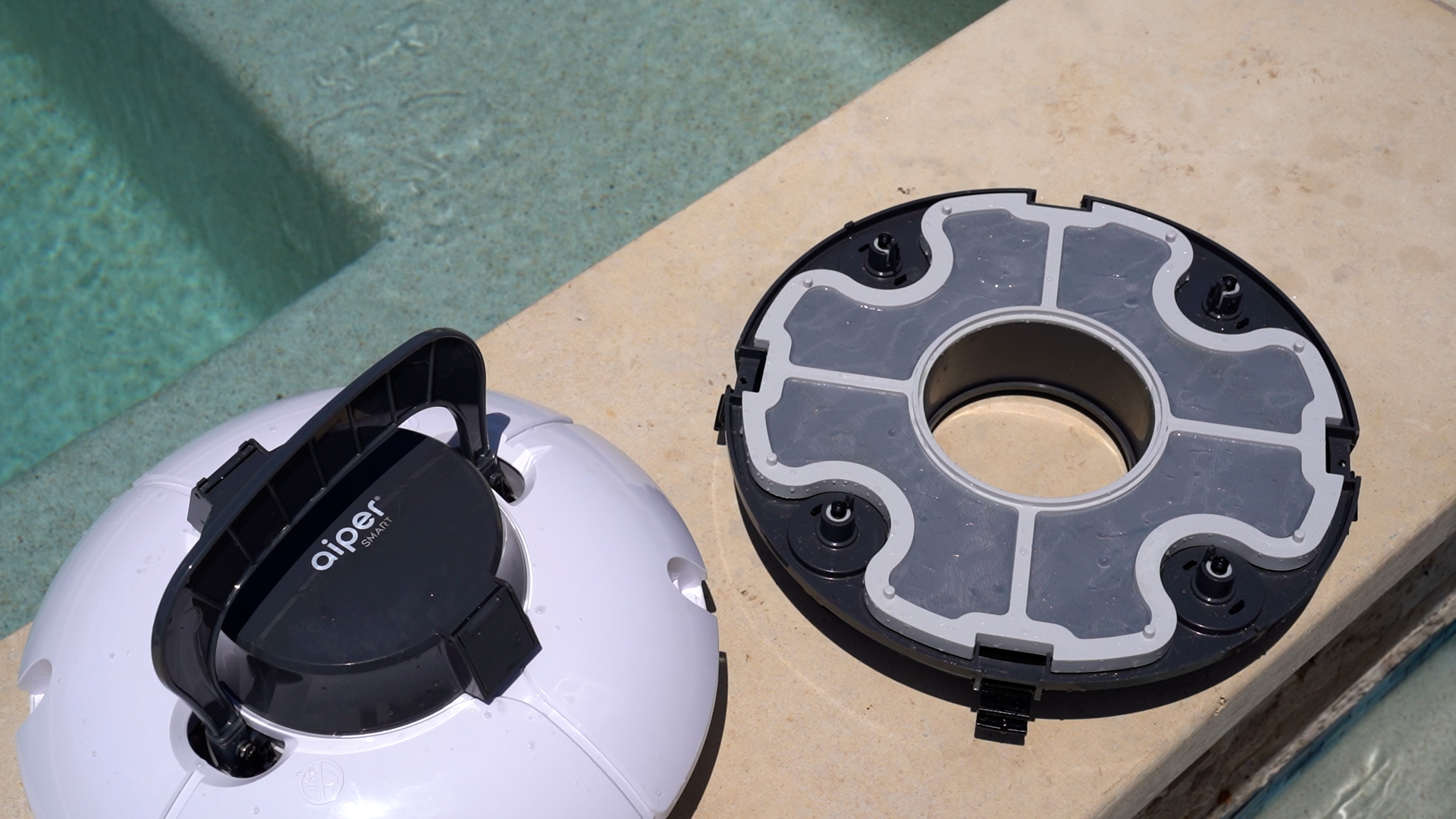
On the other hand, the Dolphin E10 features a more robust filter basket. While it doesn’t offer multiple filtration options like higher-end models, the standard basket does a commendable job capturing leaves, twigs, and smaller particles. Its design allows for a more efficient water flow, ensuring debris is securely trapped.
One of the main advantages of the Dolphin E10’s filtration system is its ease of use. Unlike the cumbersome flat filter on the Seagull 600, the E10’s filter basket is easy to access, clean, and reinstall. This feature makes a significant difference in the user experience, as nobody wants to spend extra time dealing with a complicated filter system.
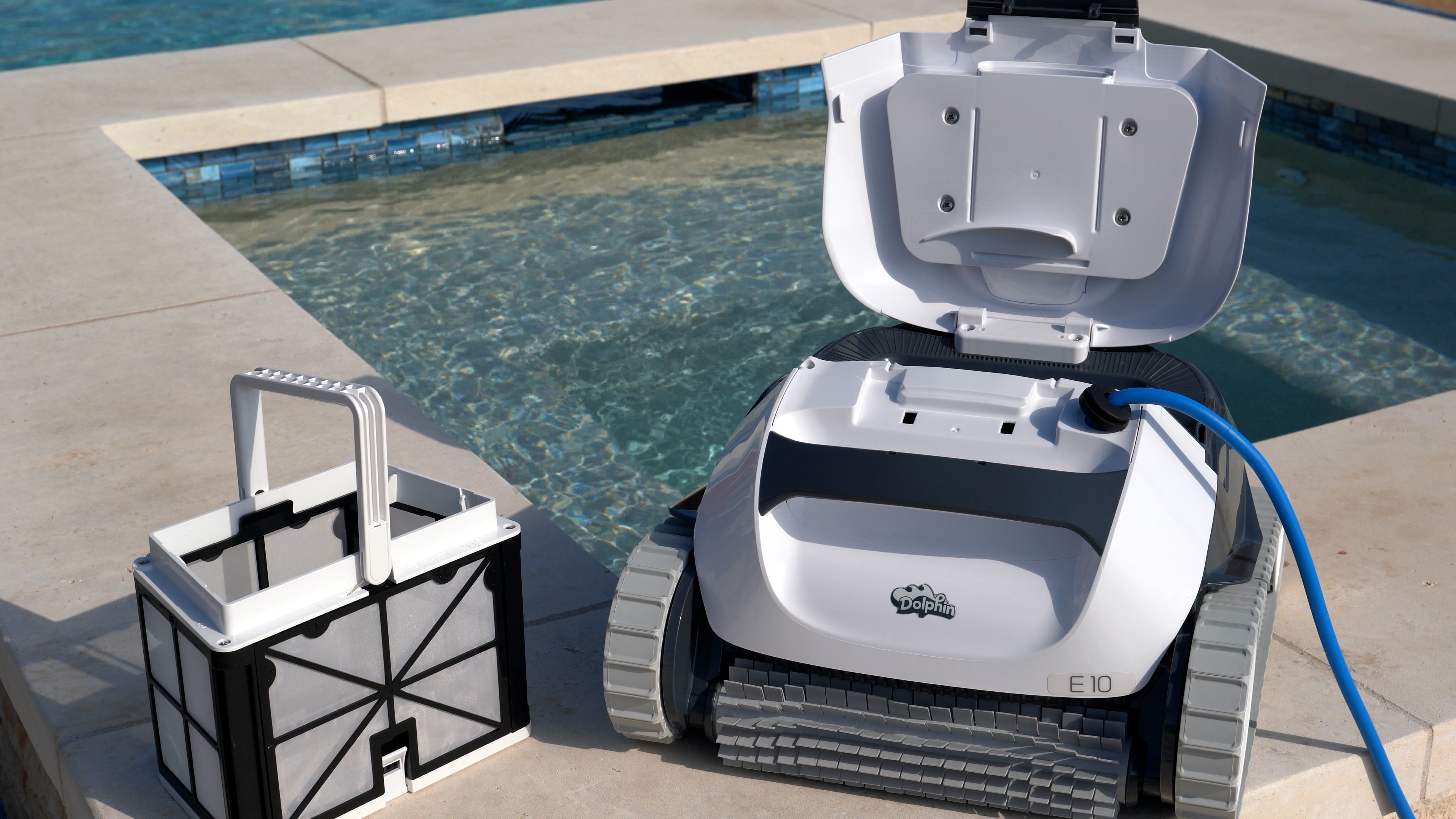
In practical use, the Dolphin E10 outperformed the Aiper Seagull 600 in capturing both large and small debris. The lack of fine filtration in the Seagull 600 means it often leaves finer particles in the water, whereas the E10 did a more thorough job. However, both models fall short when compared to units like the Dolphin Quantum, which offers NanoFilters specifically designed to handle fine particles and clear up cloudy water.
In terms of filtration scores, the Aiper Seagull 600 earned a disappointing 2/5 due to its inadequate filter design and limited debris-capturing ability. The Dolphin E10, while not perfect, scored a more respectable 3.5/5. Its filter basket was more effective and user-friendly, making it the winner in this category.
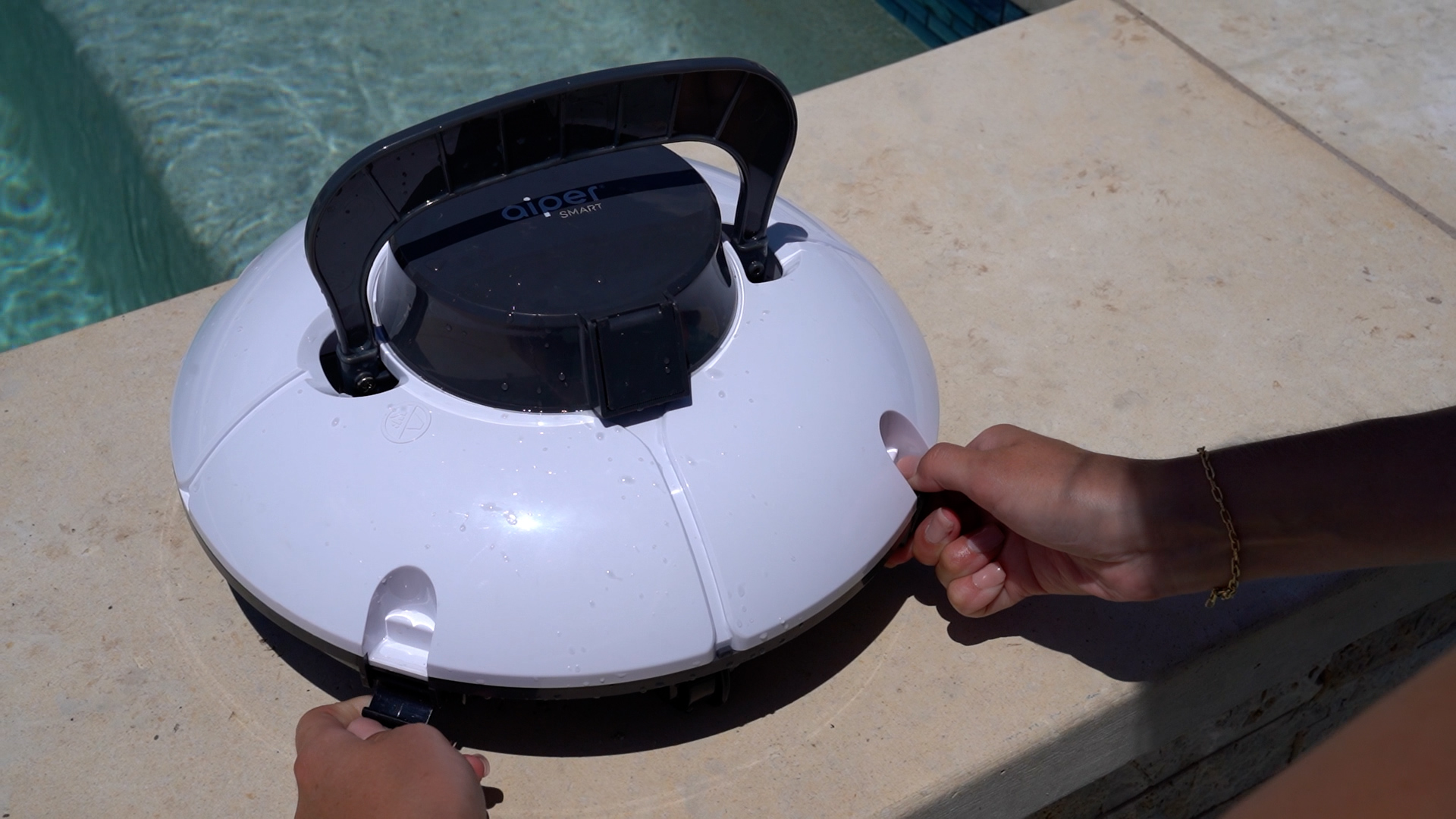
Ultimately, the Dolphin E10’s superior filtration system makes it the better choice for pool owners seeking reliable cleaning. Its ease of use and better debris-capturing ability put it ahead of the Aiper Seagull 600, which struggled with even basic filtration tasks. For those looking for the best robotic pool cleaners, considering models with advanced filtration options like the Dolphin Quantum or Dolphin Premier can provide even greater performance enhancements.
When comparing the feature sets of the Aiper Seagull 600 and the Dolphin E10, several key aspects distinguish their usability and unique functionalities. Both units are designed with specific consumer needs in mind, but their execution varies, impacting overall performance.
The Aiper Seagull 600's primary selling point is its cordless design, which aims to eliminate the hassle of managing a cord. However, this feature quickly becomes a drawback due to its extended charging times and limited working duration. The motors are weak and unable to generate sufficient suction power for an effective clean, which severely hampers its usability.
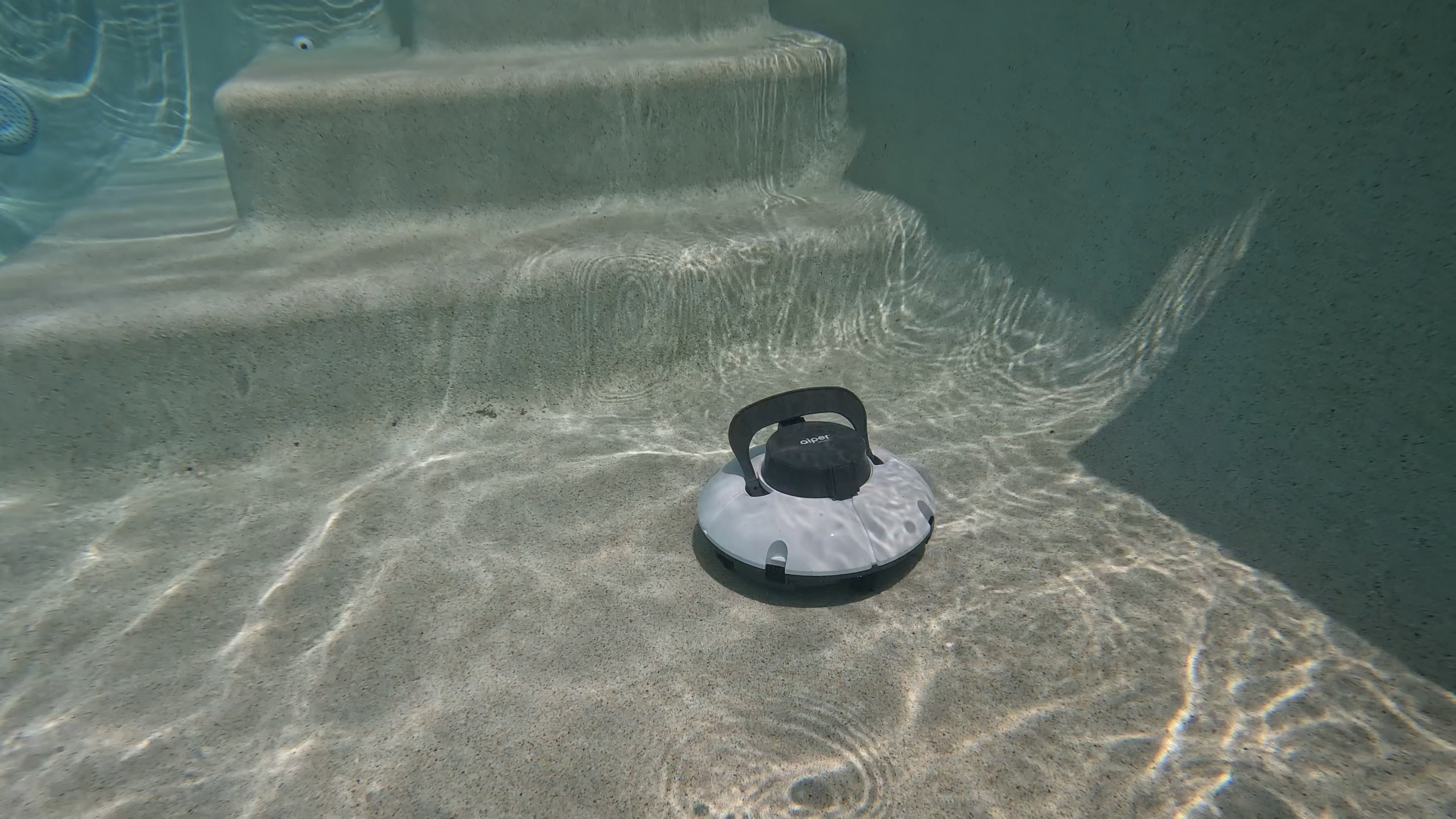
On the other hand, the Dolphin E10 offers a more traditional approach with its corded design but makes up for it with a more consistent and powerful cleaning performance. One of its standout features is the active brush, which spins to scrub and dislodge debris and algae, a functionality absent in the Seagull 600. This enhances its cleaning capability, making it more reliable in providing a thorough clean.
When it comes to usability, the Aiper Seagull 600 falls short with its need for daily recharging, which disrupts the convenience it aims to offer. Its feature score reflects this, with a low 2/5, indicating several performance shortfalls and a less user-friendly experience. Moreover, its filtration system is basic and ineffective, often failing to retain captured debris.
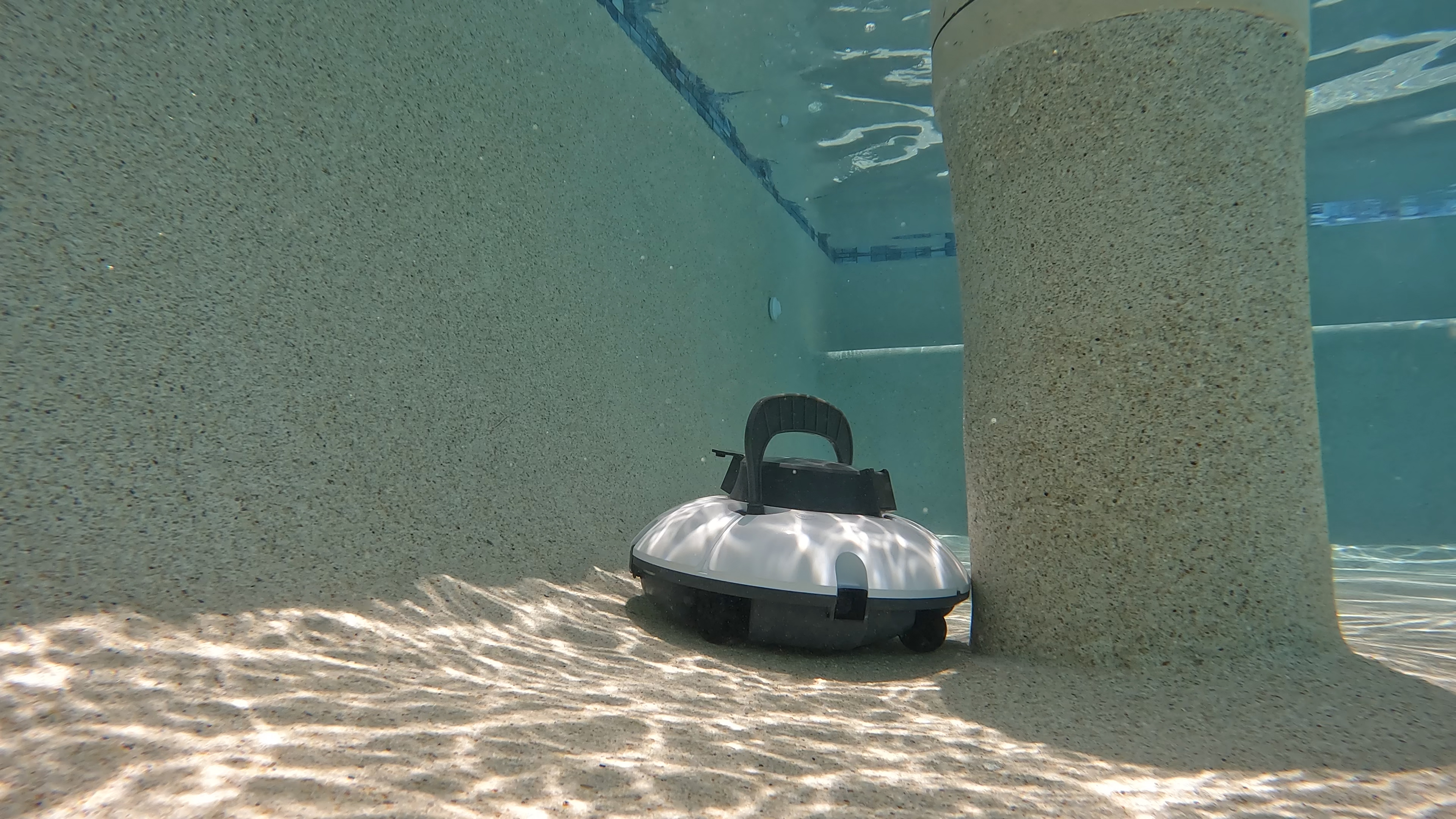
The Dolphin E10, while still an entry-level model, offers a better-designed filter basket that is easier to access and clean. It doesn't include multiple filtration options like higher-end models but is sufficient for capturing leaves and twigs effectively. However, it does lack advanced features like automatic scheduling and NanoFilters, limiting its automation potential.
Both units have limitations in their feature sets, but the Dolphin E10's overall higher usability and cleaning efficiency garner it a better feature score of 3/5. While it lacks automation, its reliability in cleaning and user-friendly design make it a better option over the Aiper Seagull 600.

Ultimately, when comparing the feature sets of the Aiper Seagull 600 and the Dolphin E10, it's clear that the E10 provides a more dependable and user-friendly experience. The E10's shortcomings, such as the lack of a weekly timer, are balanced by its more effective cleaning and easier maintenance. For those seeking a more robust and automated cleaning solution, higher-end models like the Dolphin Cayman and Dolphin Escape offer significant improvements.
In conclusion, while the Aiper Seagull 600 and Dolphin E10 each bring specific features to the table, the E10 emerges as the better choice for pool owners prioritizing reliable cleaning and decent usability. The Dolphin E10's better-designed features and overall performance make it a more attractive option despite its basic feature set.
In our head-to-head comparison of the Aiper Seagull 600 and the Dolphin E10, it's clear that each robotic pool cleaner has its strengths and weaknesses. The Aiper Seagull 600 scored an overall 4/10, primarily falling short due to its weak motor, ineffective filtration system, and the hassle of daily recharging. It simply couldn't compete with more robust models when it comes to cleaning efficiency.
Conversely, the Dolphin E10 performed better, earning an overall score of 6.3/10. While it also faces limitations like floor-only cleaning and the absence of automatic scheduling options, it provided a more reliable and effective cleaning experience. Its easy-to-clean filter basket and active scrubbing brush were significant advantages over the Seagull 600.
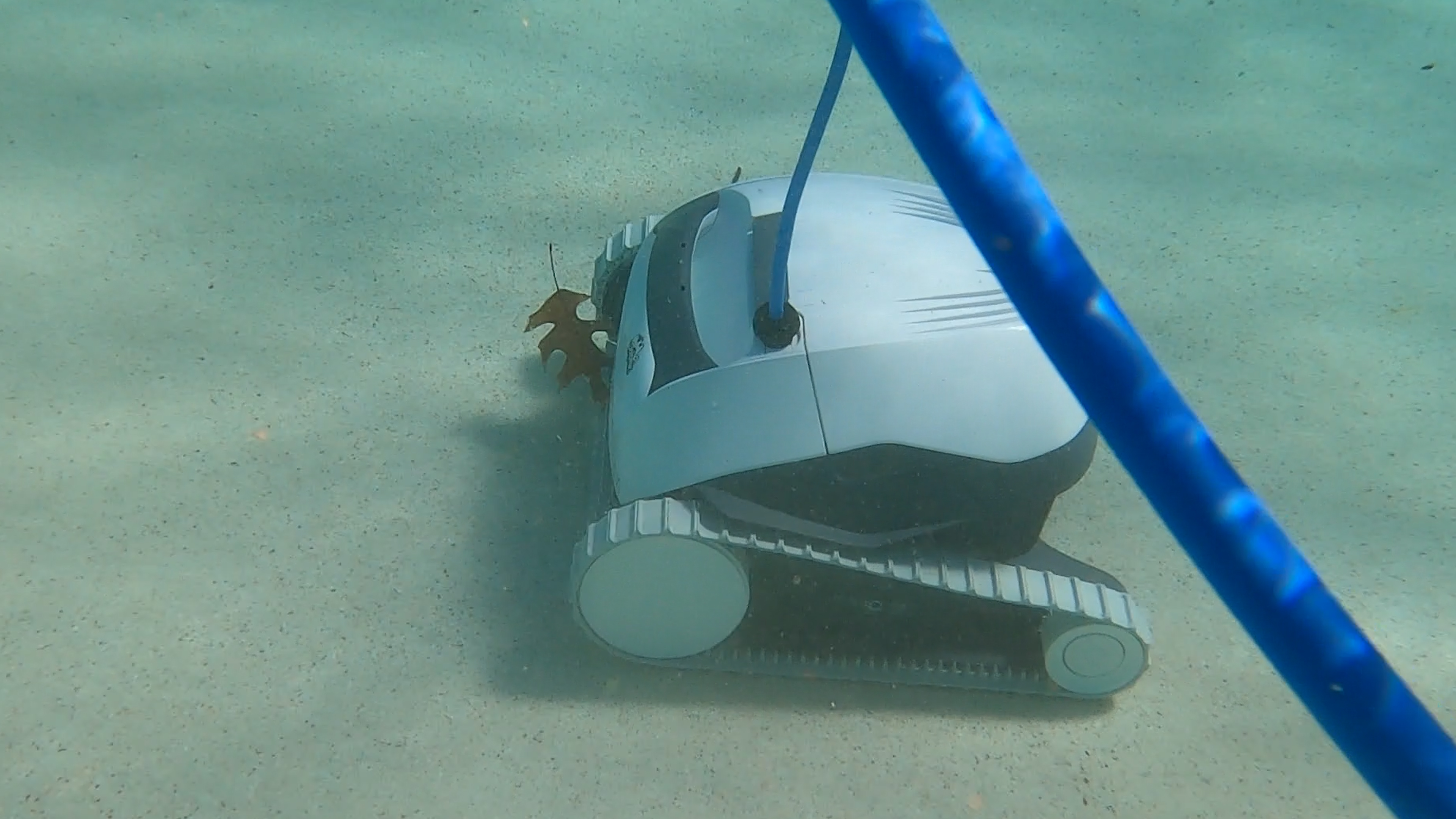
Unfortunately, both models fall short of what one might expect from a truly comprehensive robotic pool cleaner. For those seeking a more advanced solution that offers full pool coverage, including walls and waterline cleaning, along with efficient filtration systems, we strongly recommend considering other models.
Better alternatives include the Dolphin Cayman, known for its programmable timer and comprehensive cleaning capabilities, and the Dolphin Escape, which offers robust cleaning performance and better value for the price. Models like the Dolphin Premier and Dolphin Sigma are also excellent choices, providing advanced features like waterline cleaning and multiple filtration options.
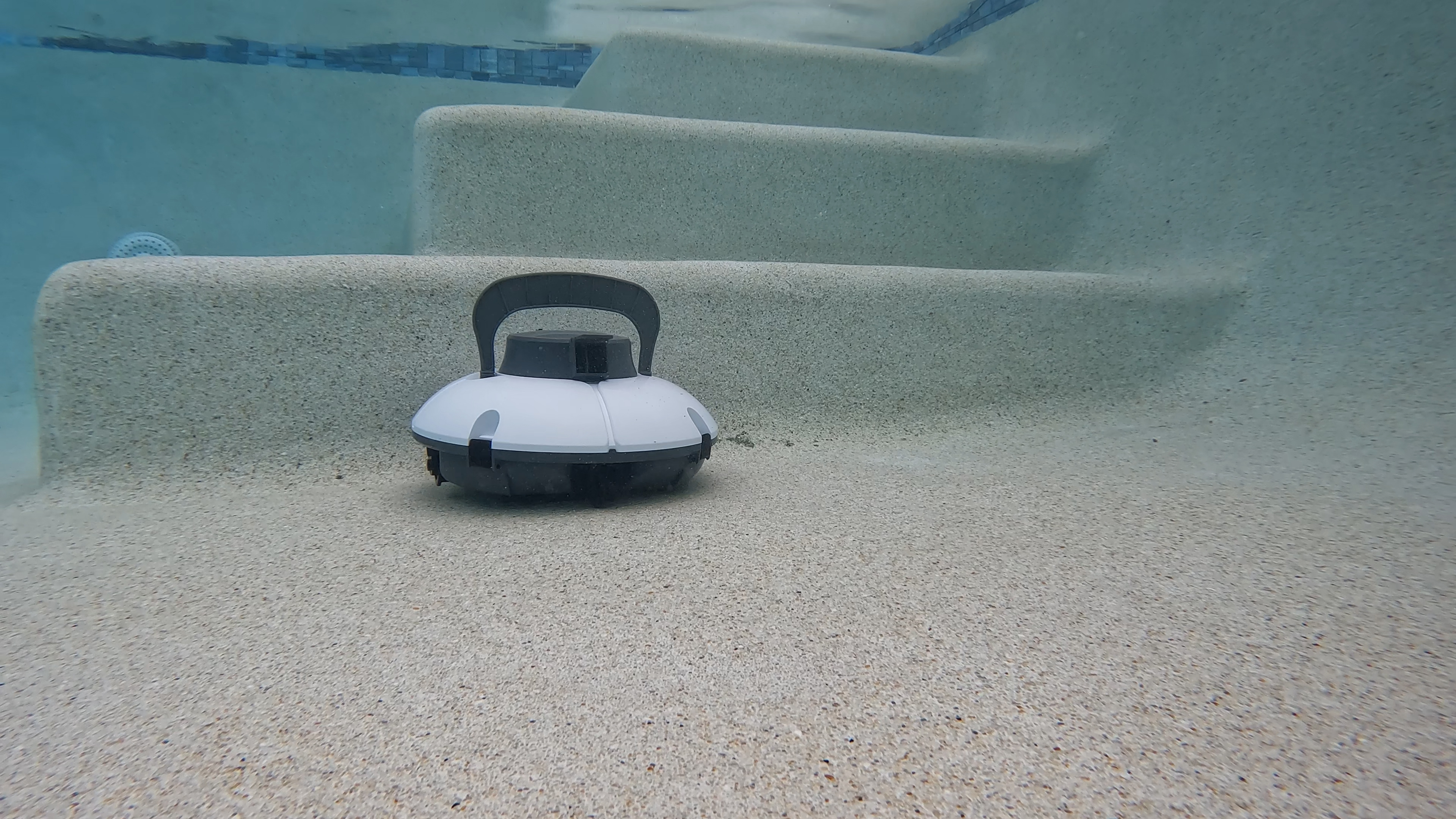
In conclusion, while the Dolphin E10 fares better than the Aiper Seagull 600, both fall short of providing a fully automatic, hassle-free pool cleaning experience. For pool owners looking for top-notch performance and reliability, exploring higher-end models is a wise investment. For more detailed reviews and top recommendations for robotic pool cleaners, check out our [best pool robots of {{data.year}}](https://www.poolpad.com/best-pool-robots/).

After thoroughly reviewing the Aiper Seagull 600 and the Dolphin E10, it's worth considering other highly-rated robotic pool cleaners that might offer better performance and features. Among the highly recommended models, the Dolphin Cayman, Aquabot REVA, and Dolphin Premier stand out for their advanced capabilities and superior cleaning efficiency.
The Dolphin Cayman is an excellent option for those looking for comprehensive pool cleaning. This model features a programmable weekly timer, a powerful scrubbing brush, and an optional NanoFilter that ensures thorough cleaning. The Cayman offers wall climbing capabilities, making it a versatile choice for both above-ground and inground pools. Its ability to set automated cleaning schedules adds to its convenience, making it a notable upgrade from the entry-level E10 and Seagull 600.
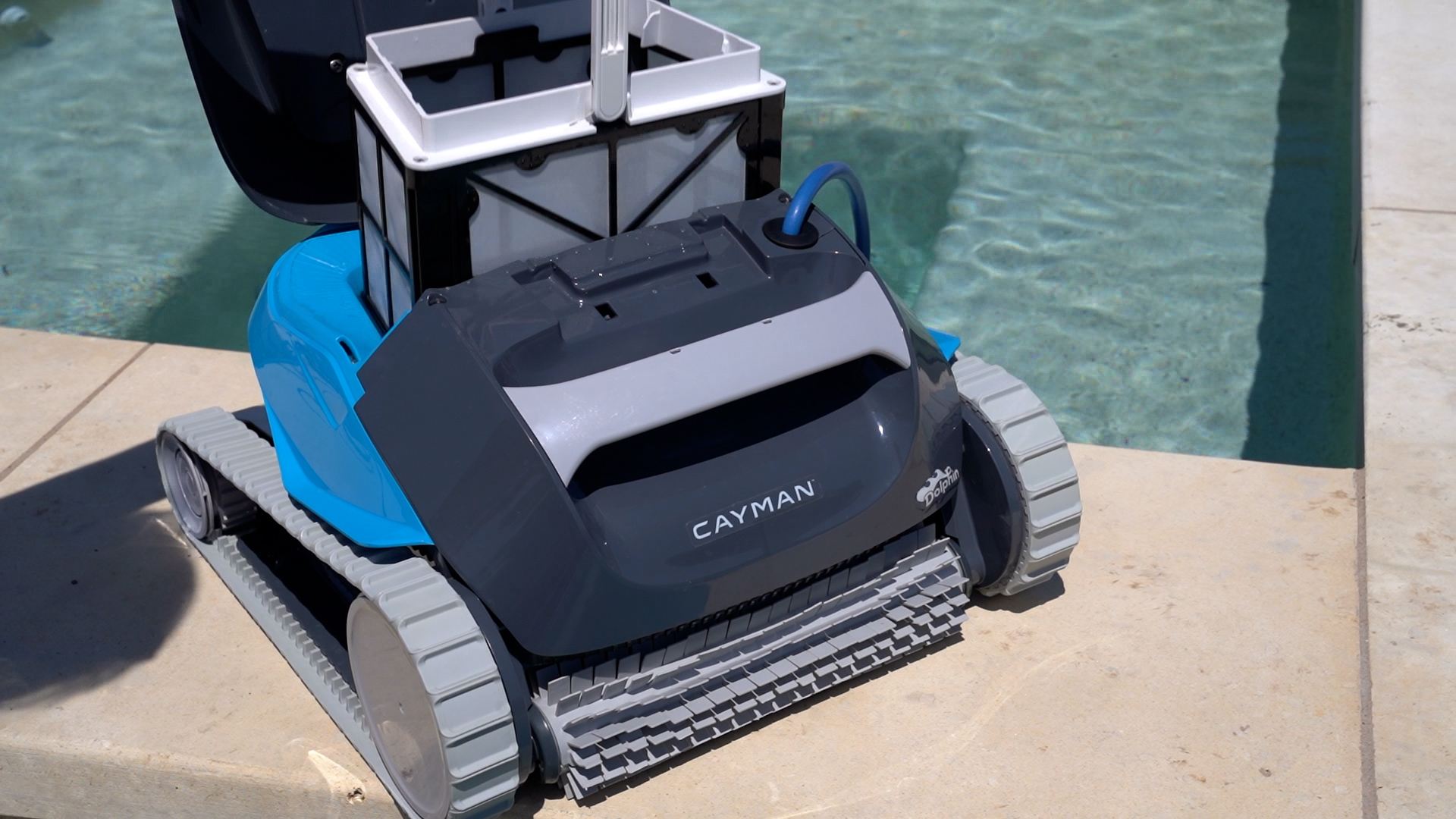
Next, the Aquabot REVA is a newer model in the market that has received high praise for its innovative features. The REVA includes a gyroscope for better navigation and stability, ensuring it can clean the entire pool efficiently, including the waterline. It also comes with a smartphone app, allowing you to control and schedule cleanings effortlessly. While it lacks NanoFilters, the REVA's dual-layer filtration system does an excellent job of capturing both larger and smaller debris, making it a substantial improvement over the Seagull 600 and E10.
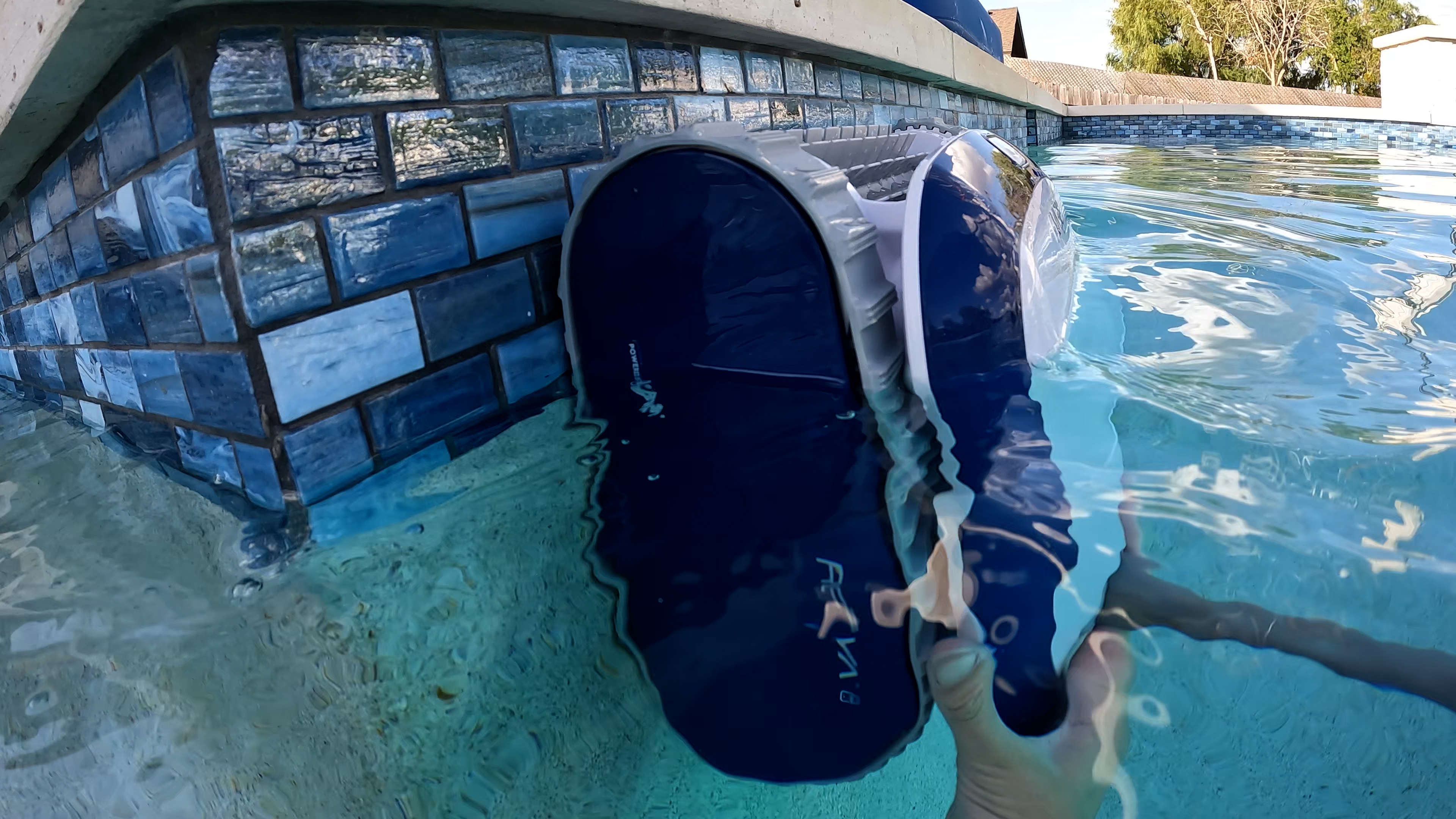
Lastly, the Dolphin Premier is a top-tier robotic pool cleaner known for its superior filtration options, including NanoFilters and an oversized leaf bag. The Premier excels in cleaning power and comprehensiveness, able to handle floors, walls, and waterlines efficiently. Its dual stabilizers and powerful motors ensure it sticks to the cleaning path, providing an exceptional clean every time. This model is ideal for those who want the best performance and are willing to invest a little more for reliable and thorough pool maintenance.

Given the limitations observed in the Seagull 600 and E10, upgrading to one of these highly-rated alternatives can provide a more satisfying and effective pool cleaning experience. If you're looking for a truly hands-off, automated solution that offers comprehensive coverage and efficient debris capture, the cleaner options mentioned above are well worth the investment. For the top recommendations, don't miss our detailed reviews on the best pool robots of the year.